Create Range Names 1 Select a range of cells in your spreadsheet (for example, in our sample, select B4B13) 2 From the Formulas tab, click Define Name 3 Notice that ExcelWill work only for public named ranges Without brackets If you want to refer a regular range or a named range declared on specific sheet, though = WorkbookNameSheetName!Range It also seems, like quotes or anything like that to manage spaces may be required only in Excel's cells, that is in UI (and may be locale specific, since on my PCOn the Formulas tab, click Define Name in the Defined Names group In the Name box, type Sales In the Refers to box, type "=OFFSET ($B$2,0,0,COUNTA ($B$B)1)", and then click OK Clear cell B2, and then type "=RAND ()*010"
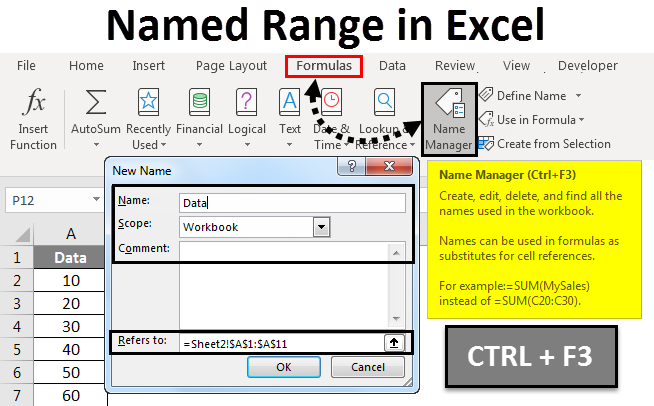
Named Range In Excel How To Create Named Range In Excel
What is the name range in excel
What is the name range in excel- It will open the window below In this window, Click on the 'edit' button Step 4) The above step will open VBA code editor for file name "Single Cell Range" Enter the code as shown below for selecting range "A1" from the excel Step 5) Now save the file and run the program asTo name a cell or cell range in a worksheet, follow these steps Select the cell or cell range that you want to name Click the cell address for the current cell that appears in the Name Box on the far left of the Formula bar Excel selects the cell address in the Name Box Type the name for the selected cell or cell range in the Name Box
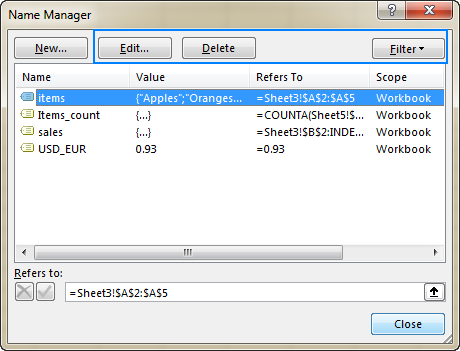



Excel Names And Named Ranges How To Define And Use In Formulas
A Relative Named Range returns a result that is relative to the cell in which you use it As opposed to regular named ranges which are typically absolute, in that it doesn't matter where you reference the named range from, it will always return the same result4 Select the Name Range which you want to Delete 5 Here we have already created the Named Range as "Months" 6 Select the Name Range "Months" 7 Click Delete 8 Click on Close to close the Name Manager dialogue box This will delete the Named Range from the Excel Workbook4 Select the range, type the name in the Name box and press Enter 5 Now you can use this named range in your formulas For example, sum Prices To create a named constant, execute the following steps 6 On the Formulas tab, in the Defined Names group, click Define Name 7 Enter a name, type a value, and click OK 8
Define Names from a Selected Range Firstly, one has to select the range that you want to give a name Thereafter navigate to Formulas and then select Create from Selection From the "Create Names from Selection" box, select either Bottom Row, Top Row, Left Column, or Right Column, and then click on OKStep 1 − Select the range for which you want to define a name Step 2 − Click the Formulas tab Step 3 − Click Define Name in the Defined Names group The New Name dialog box appears Step 4 − Type the name in the box next to Name Step 5 − Check that the range that is selected and displayed in the Refers box is correct Every day, we save an Excel file on our Sharepoint environment and create an Excel Table in the file The content of the Excel file is different every day Different number of rows as well When I use the "Create Table" node from the Excel Online package, I need to specify the Table Range Every file contains columns A to column DN
Name range in excel are the ranges which have been given a name for the future reference, to make a range as named range first select the range of data and then insert a table to the range, then we put a name to the range from the name box in the lefthand side of the window, after this we can refer to the range by its name in any formula This looks very simple, but I can't find how to do it I'm trying to name a range in Excel (just as I would do in the classical Excel software), so that I can embed this range in a web page later (using &Item=Range_Name as &Item='Feuil1'!A1D14 Named ranges are a useful, but often underutilized, feature of Microsoft Excel Named ranges can make formulas easier to understand (and debug), simplify the creation of complicated spreadsheets, and simplify your macros A named range is just a range (either a single cell, or a range of cells) to which you assign a name




How To Create And Use Excel Named Ranges



Master Range Names In Excel Online Tutorial Excel Launchpad
Your Excel data changes frequently, so it's useful to create a dynamic defined range that automatically expands and contracts to the size of your data range Let's see how By using a dynamic defined range, you will not need to manually edit the ranges of your formulas, charts, and PivotTables when data changes Windows MacOS #3 Select the range "SPOC" and then go to conditional formatting and choose to apply the rule using your formula Or alternatively, you could crreate the rule using any cell, then go back to conditional formatting>manage rules and choose to edit the rule, in the "applies to" field, type =SPOCIn Excel, you can name cells and cell ranges, and use those names in formulas This is a useful feature that makes formulas easier to understand and maintain




Create A Named Range In Excel Myexcelonline
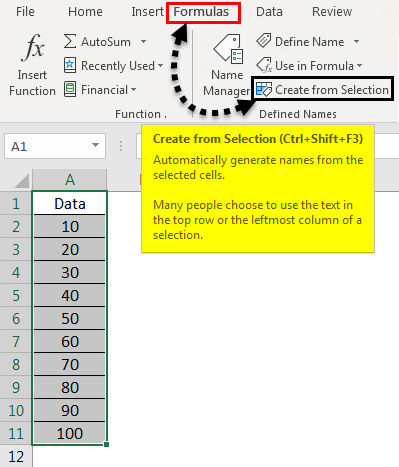



Named Range In Excel How To Create Named Range In Excel
Another way to make a named range in Excel is this Select the cell (s) On the Formulas tab, in the Define Names group, click the Define Name button In the New Name dialog box, specify three things In the Name box, type the range name In the Scope dropdown, set the name scope ( Workbook by Excel has a useful feature Named Ranges You can name single cells or ranges of cells in Excel Instead of just using the cell link, eg =A1, you can refer to the cell (or range of cell) by using the name (eg =TaxRate) Excel also provides the "Name Manager" which gives you a list of defined names in your current workbook Right click and choose Define Name again With the range of cells I want to include in the named range selected, I right click and choose Define Name Name the range of cells Because I had no header row, the name is currently blank



How To Define And Edit A Named Range In Excel
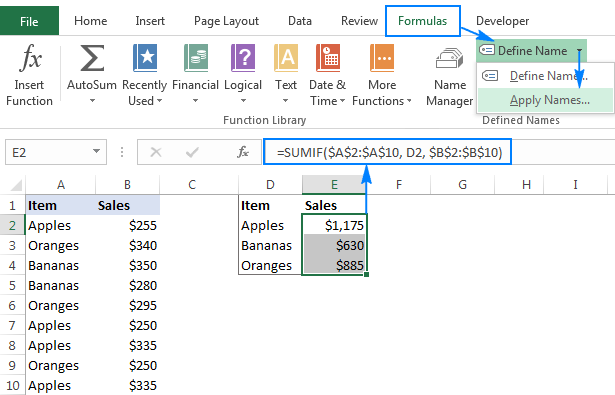



Excel Names And Named Ranges How To Define And Use In Formulas
Define a name for a cell or cell range on a worksheet Select the cell, range of cells, or nonadjacent selections that you want to name Click the Name box at the left end of the formula bar Name box Type the name that you want to use to refer to your selection Names can be up to 255 characters in length Range in Excel – Example #1 We have given below a list of values 23, 11, 45, 21, 2, 60, 10, 35 The largest number in the abovegiven range is 60, and the smallest number is 2 Thus, the Range = 602 = 58Select the range you want to name, including the row or column labels Click Formulas > Create from Selection In the Create Names from Selection dialog box, select the checkbox (es) depending on the location of your row/column header If you have only a header row at the top of the table, then just select Top row
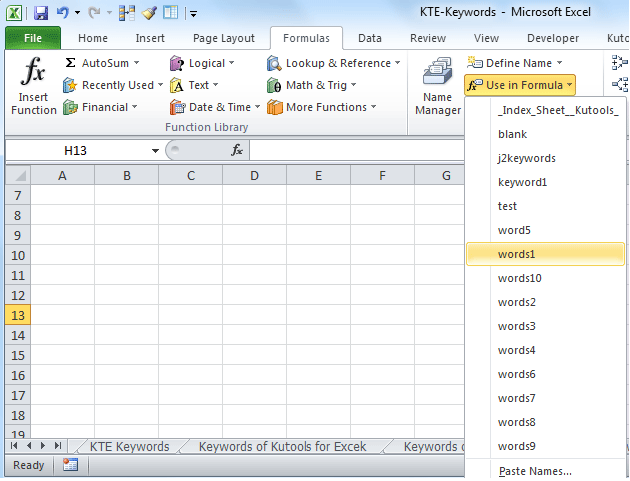



How To List Named Ranges In Excel
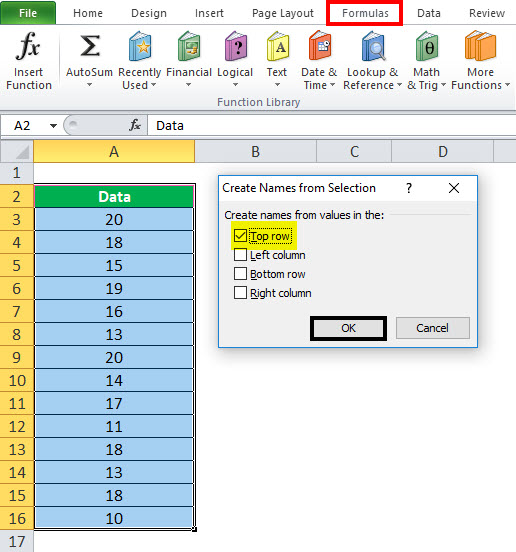



Name Range In Excel Examples How To Use Names In Excel
Open up the spreadsheet in Excel Highlight the block of cells that will represent a single table in ArcView From the Insert menu, click Name, then click Define This will bring up a menu where the name of the block can be defined Type in the name to be assigned to the highlighted cells, then click OK WebExcel isn't the same as client Excel (as you've noted), so some functionality isn't there (yet) The name box is one of those things You cannot define range names in web excel But you can press controlg to goto names In the Defined Names section, click "Use In Formula" and select "Paste Names" from the dropdown menu You can also press "F3" NOTE If there are no named cell ranges in your workbook, the "Use In Formula" button is not available On the Paste Name dialog box, all the named cell ranges display in the Paste name list



How To Define And Edit A Named Range In Excel



Q Tbn And9gcsksgsa50xppwwmkolubyjzrwkzlmxrrclr5zomqrzavxgemksl Usqp Cau
Excel 10, just like previous versions, offers an easy way to name a data range All it requires you to select the data range that you wish to give a name, and define its name range Once done, you can call the data set anywhere in your workbook by its name instead of source data rangePlease do as follows to resize an existing named range with Name Manager function in Excel 1 Click Formulas > Name Manager See screenshot 2 In the Name Manager dialog box, select the range name you want to resize it, and then click the button 3 In the Name Manager – Refers to box, select a new range for this range name, and then closeThe definition is simple a name is a word or series of characters that's applied to a cell or a range of cells Here's a simple example In the image above, a group of cells is selected, and the Name box displays the name I previously assigned to that group ("Sales")




How To Create Named Range In Excel Office 365 Youtube




How To Create Named Ranges In Excel A Step By Step Guide
Named ranges are a powerful Excel feature that allows you to assign a symbolic name for the cell or the range of cells for later use as a convenient replacement for cell or range address in formulas Before you begin, however, you should be aware of some important rules for the names of named ranges in Excel Names can't contain any spacesOne way to create a dynamic named range with a formula is to use the OFFSET function together with the COUNTA function Dynamic ranges are also known as expanding ranges they automatically expand and contract to accommodate new or deleted data Note OFFSET is a volatile function, which means it recalculates with every change to a worksheetRelative named ranges are super useful, but they can catch out the unsuspecting user Download the Excel file containing the examples from the video here ht




Excel 16 Tutorial Naming Ranges Microsoft Training Lesson Youtube




Create A Named Range In Excel Myexcelonline
Good thing there are Named Ranges in Excel!Method #1 – Using Define Name Here are the steps to create Named Ranges in Excel using Define Name Select the range for which you want to create a Named Range in Excel Go to Formulas –> Define Name In the New Name dialogue box, type the However, when you create a named range using Define Name in the Defined Names group on the Formulas tab, you can confine the scope to the current worksheet When you do so, the name appears only on
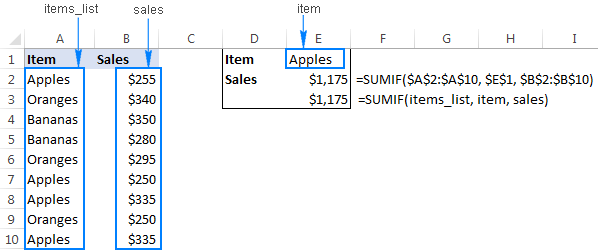



Excel Names And Named Ranges How To Define And Use In Formulas




Create A Named Range In Excel Myexcelonline
From the Formulas menu bar, locate the Named Cells panel, and click Name a Range > Name a Range (Excel 07) In Excel 10 to 16, click Define Name > Define Name from the Defined Names panel From the New Name dialogue box, click in to the Name textbox at the top and enter Monthly_Result (with the underscore character) Click OK I have exact same query Is it possible to give a cell reference where names range will be there For eg Cell F1, where named range will appear I have 3 named range, one for price1, price2 and price3 So this will change based on a dropdown selection by userThe Paste List result includes all defined names with workbook scope, and name constants as shown by ② in figure 1 On the other hand, the worksheet scope item ① is not included in the Paste List items Note Defined names are sometimes called "range names" in
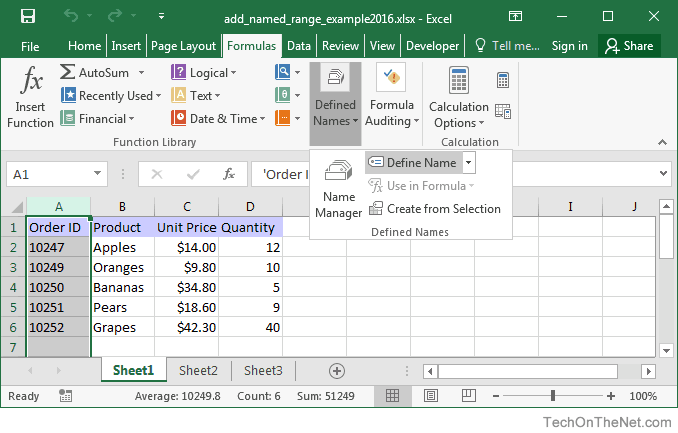



Ms Excel 16 Add A Named Range
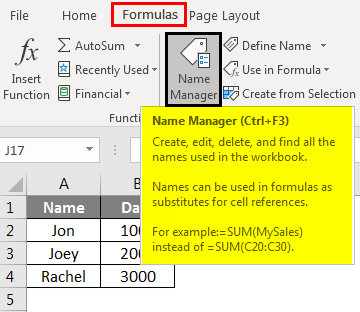



Named Range In Excel How To Create Named Range In Excel
Press Enter Manage names in your workbook with Name Manager On the Ribbon, go to Formulas > Defined Names > Name Manager You can then create, edit, delete, and find all the names used in the workbook In Excel for the web, you can use the named ranges you've defined in Excel for Windows or Mac One overlooked feature of Excel is the ability to create named ranges A named range is a workbook object that allows you to refer to a cell or a range of cells with a descriptive name rather than a cell reference When you change the cells that a named range refers to, the formulas that use it are automatically updated 2 In column B selected all Salesperson data excluding the heading and created a range name SalesPax with it 3 In column E selected all Order Amount data excluding the heading and created range name OrderAmt with it Both these are dynamic range names



1
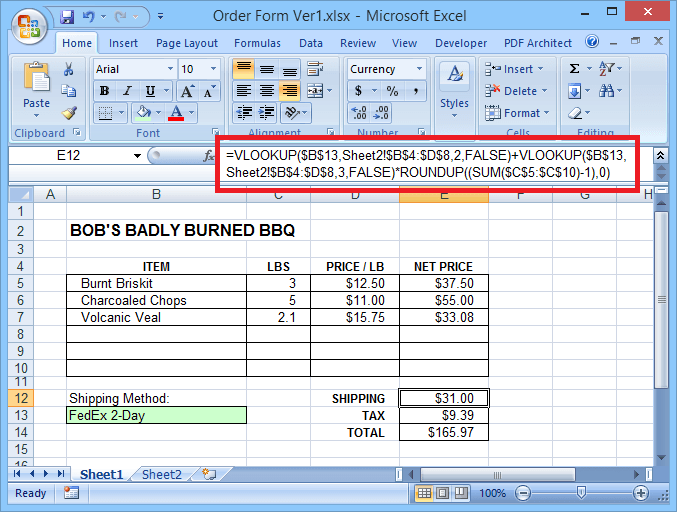



Why You Should Be Using Named Ranges In Excel
On the Formula tab, in the Defined Names group, click Define Name Or, press Ctrl F3 to open the Excel Name Manger, and click the New button Either way, the New Name dialogue box will open, where you specify the following details In the Name box, type the name for your dynamic range In the Defined Names group, click Name Manager Click New In the Name box, type Date In the Refers to box, type the following text, and then click OK =OFFSET($A$2,0,0,COUNTA($A$2$A$0),1) Click New In the Name box, type Sales In the Refers to box, type the following text, and then click OKIn Excel, you can go to the Name Manager dialog to reedit and change the range scope 1 Click Formulas > Name ManagerSee screenshot 2 Then in the Name Manager box, select the name range you want to edit from the list, and click Edit button See screenshot 3 Then in the Edit Name dialog, you can reedit the Name, and reselect the range scope in the Refers to section



How To Define And Edit A Named Range In Excel




Excel Dynamic Named Ranges Add Pwer And Punch To Excel Online Pc Learning
3 When you add a value to the range, Excel does not update the sum To expand the named range automatically when you add a value to the range, execute the following the following steps 4 On the Formulas tab, in the Defined Names group, click Name Manager 5 Click Edit 6By using a Named Range, you can make your formulas much easier to understand and maintain You can define a name for a cell range, function, constant, or table Let us work with the following table below
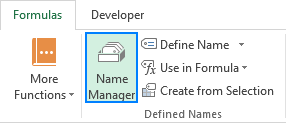



Excel Names And Named Ranges How To Define And Use In Formulas



1




How To Create And Use Excel Named Ranges




Excel Dynamic Named Ranges Add Pwer And Punch To Excel Online Pc Learning
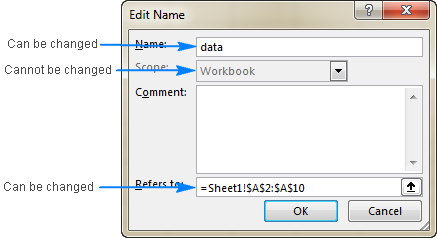



Excel Names And Named Ranges How To Define And Use In Formulas




Create A Named Range In Excel Myexcelonline
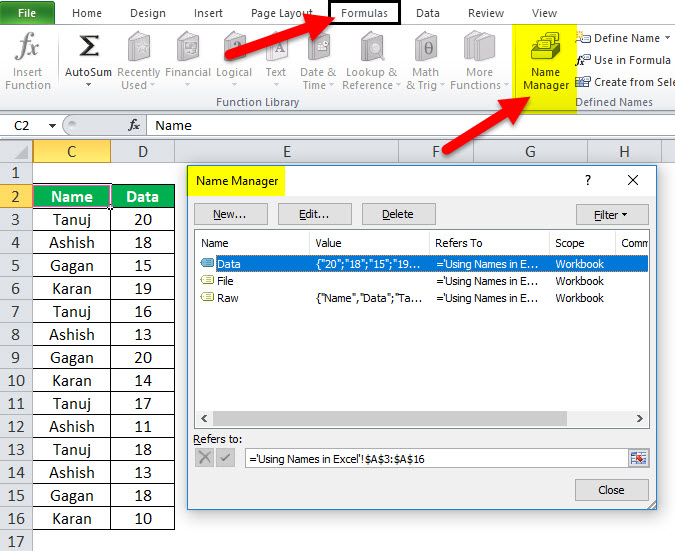



Name Range In Excel Examples How To Use Names In Excel



Master Range Names In Excel Online Tutorial Excel Launchpad
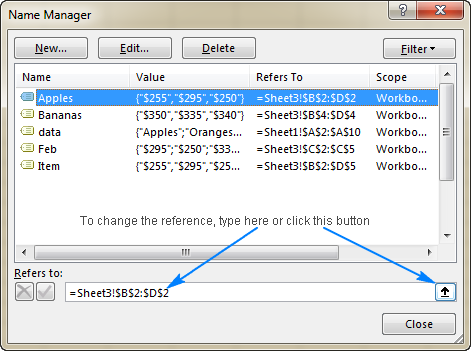



Excel Names And Named Ranges How To Define And Use In Formulas
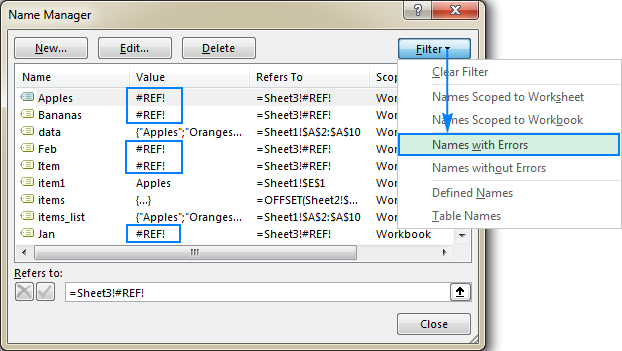



Excel Names And Named Ranges How To Define And Use In Formulas
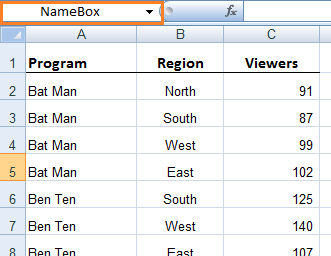



Excel Named Ranges Explained My Online Training Hub




Named Ranges In Excel Exceljet



How To Define And Edit A Named Range In Excel
:max_bytes(150000):strip_icc()/NameBox-5be366ed46e0fb00519ef15a.jpg)



How To Define And Edit A Named Range In Excel




Creating And Using Named Ranges Microsoft Excel 365
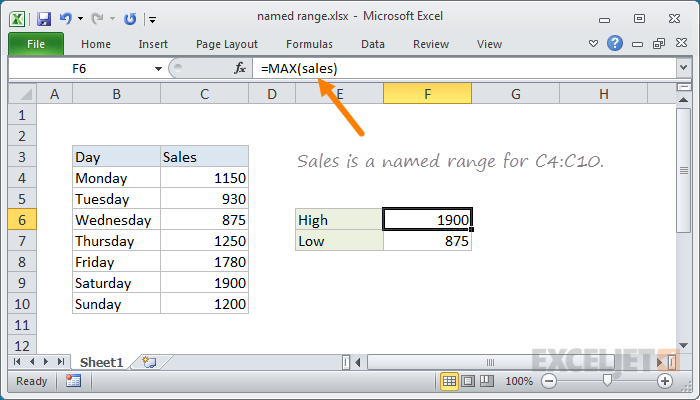



Excel Named Range Exceljet
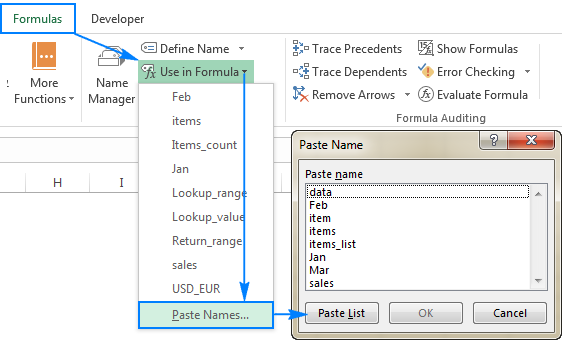



Excel Names And Named Ranges How To Define And Use In Formulas
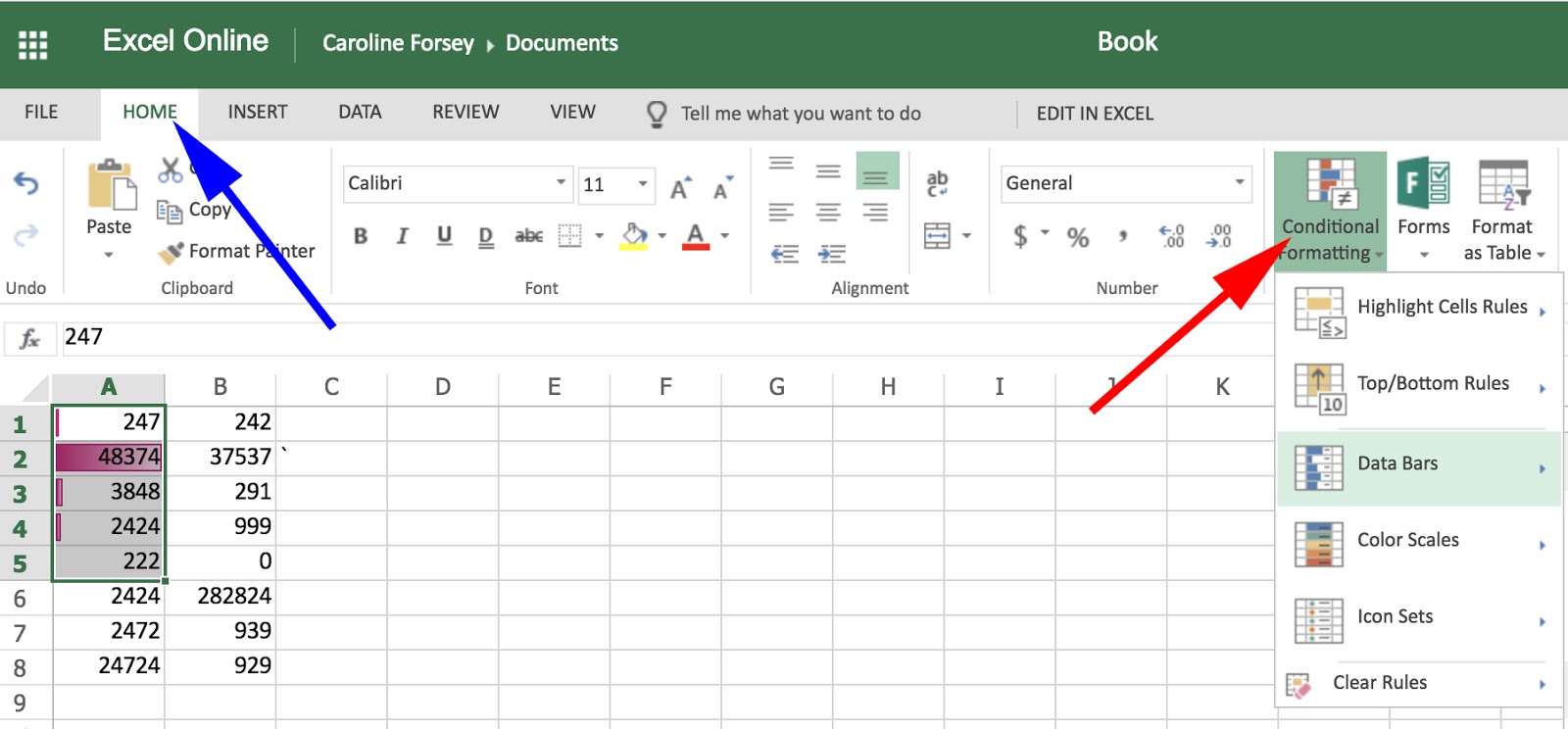



Excel Online Tips Tricks And Hidden Features You Should Know




Excel Names And Named Ranges How To Define And Use In Formulas
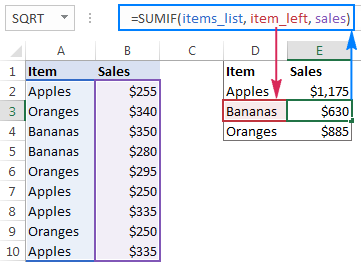



Excel Names And Named Ranges How To Define And Use In Formulas




How To Create Named Ranges In Excel A Step By Step Guide




All About Excel Named Ranges Excel Range Name
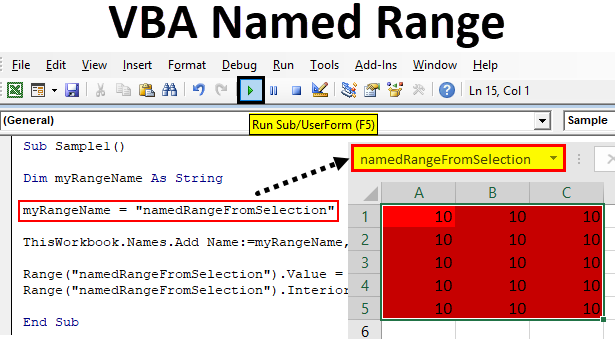



Vba Named Range How To Use Vba Named Range In Excel Vba
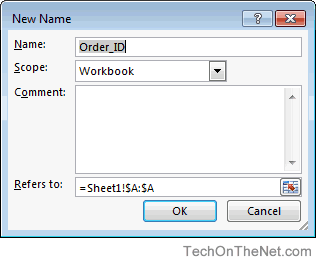



Ms Excel 16 Add A Named Range
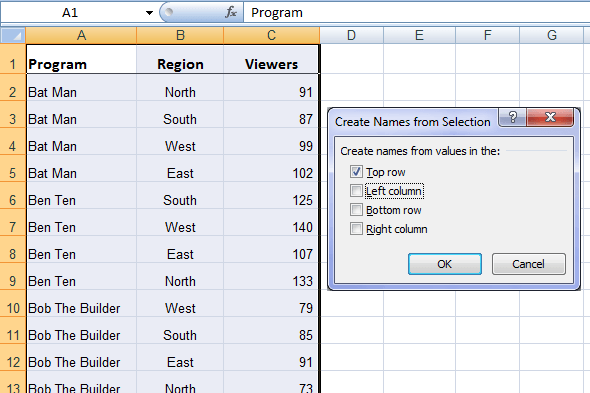



Excel Named Ranges Explained My Online Training Hub




How To Create Named Ranges In Excel A Step By Step Guide




Create A Named Range In Excel Myexcelonline
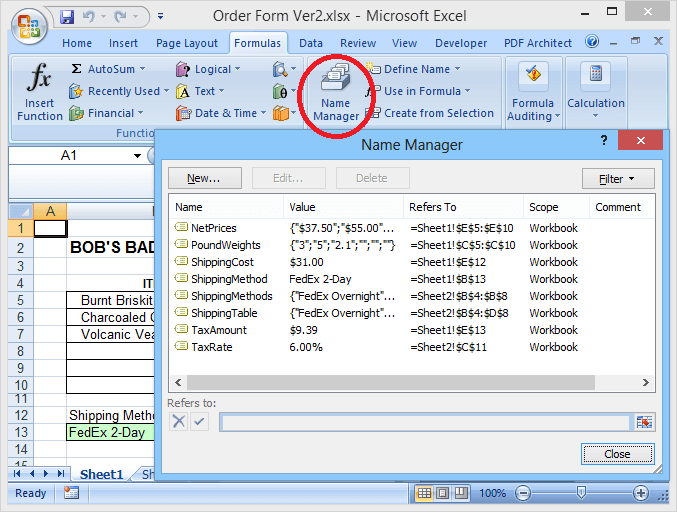



Why You Should Be Using Named Ranges In Excel




How To Create Named Ranges In Excel A Step By Step Guide
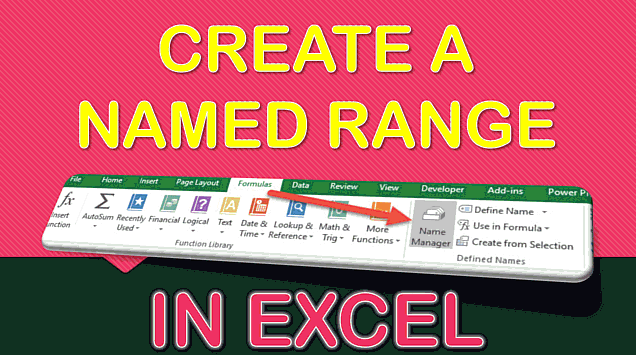



Create A Named Range In Excel Myexcelonline




Named Ranges In Excel Exceljet




How To Create Named Ranges To Use In Excel Formulas Youtube
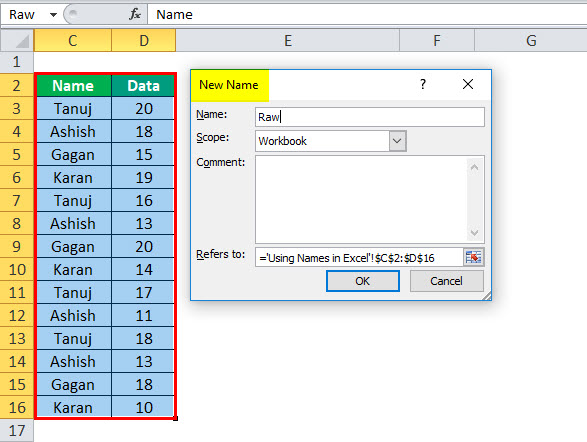



Name Range In Excel Examples How To Use Names In Excel




Define Name Range In Excel 10 Youtube
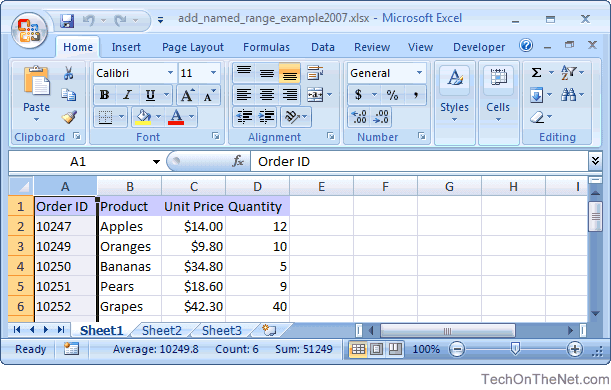



Ms Excel 07 Add A Named Range




Named Ranges In Excel Exceljet




Named Range In Excel How To Create Named Range In Excel



1
:max_bytes(150000):strip_icc()/NamedRangeNameManager-5c192805c9e77c0001a4b91c.jpg)



How To Define And Edit A Named Range In Excel
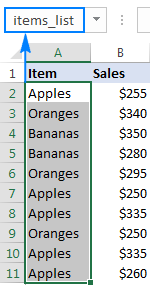



Excel Names And Named Ranges How To Define And Use In Formulas




Use The Name Manager In Excel Excel
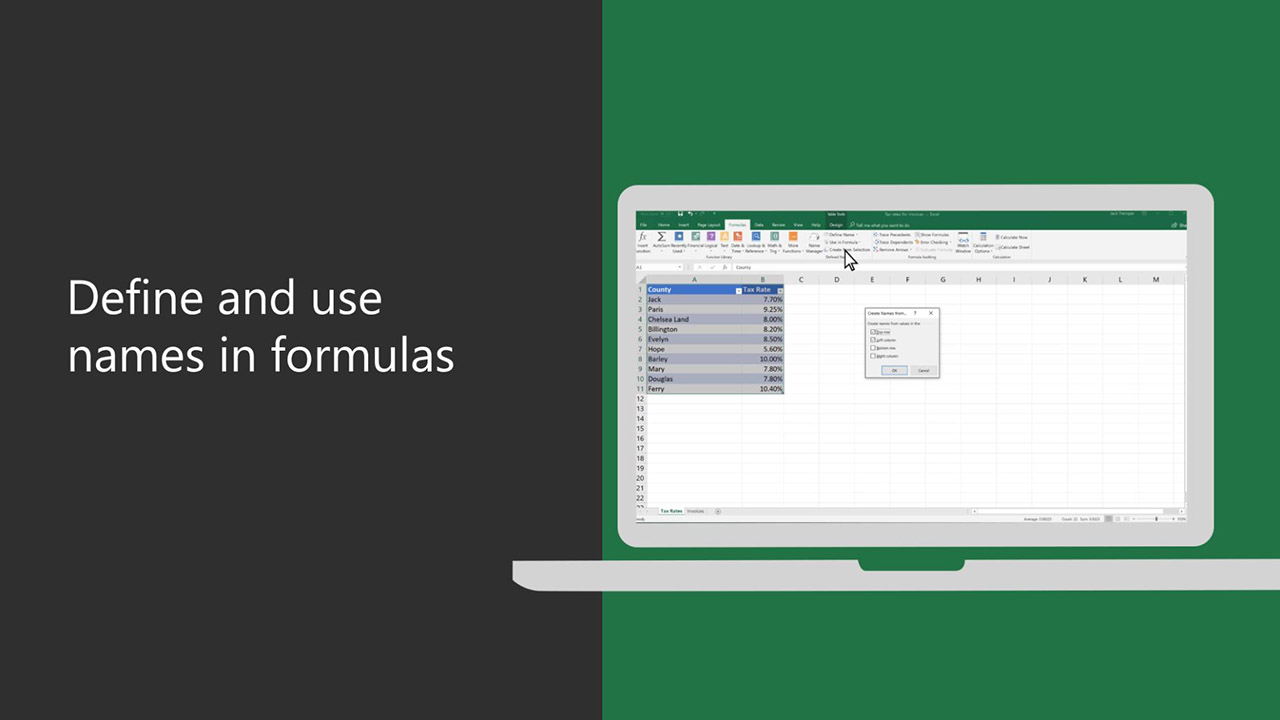



Define And Use Names In Formulas Office Support




How To Create Named Ranges In Excel A Step By Step Guide
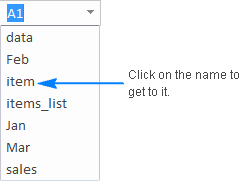



Excel Names And Named Ranges How To Define And Use In Formulas




Named Ranges In Excel Exceljet
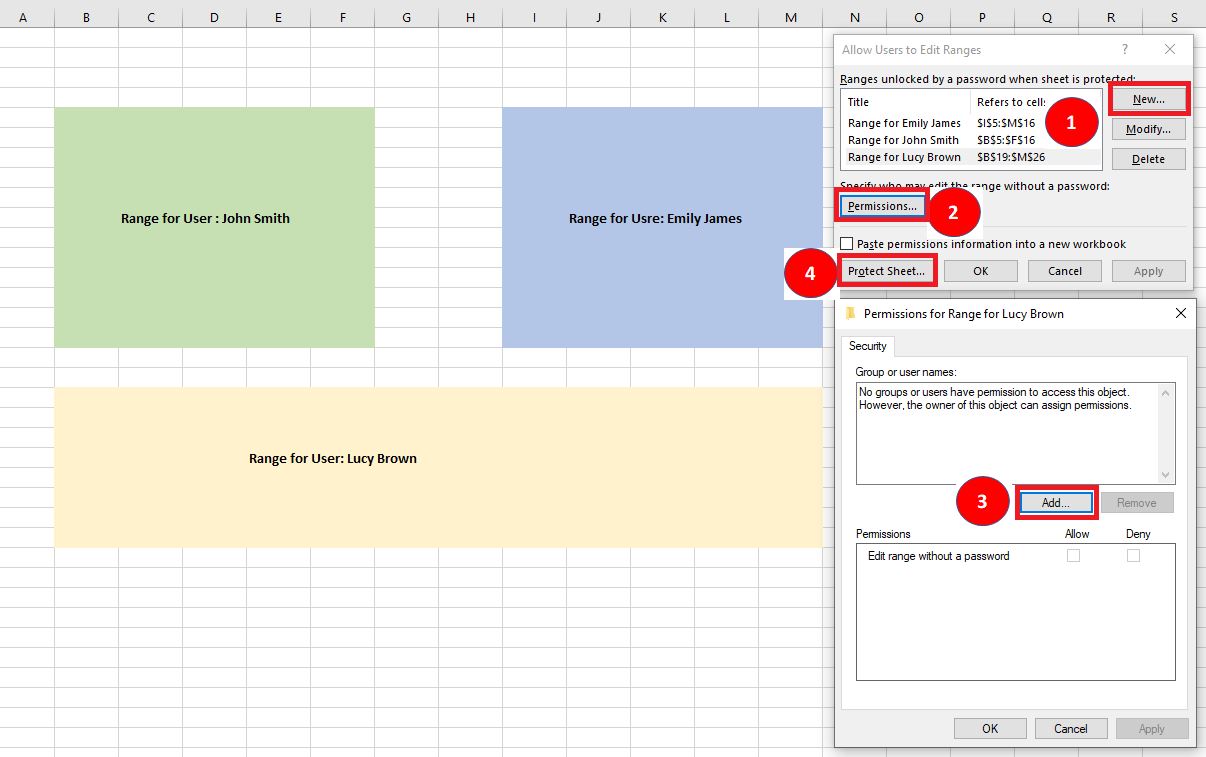



Allow Edit Ranges Option On Excel Online For Onedrive Microsoft Community




Named Ranges In Excel Exceljet




How To Correct A Name Error Office Support
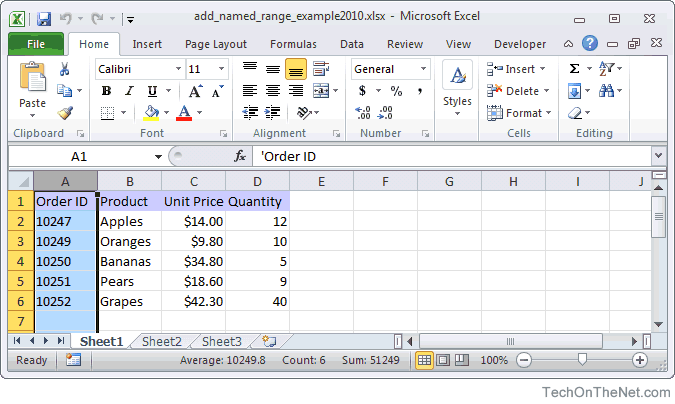



Ms Excel 10 Add A Named Range




How To Create Named Ranges In Excel A Step By Step Guide
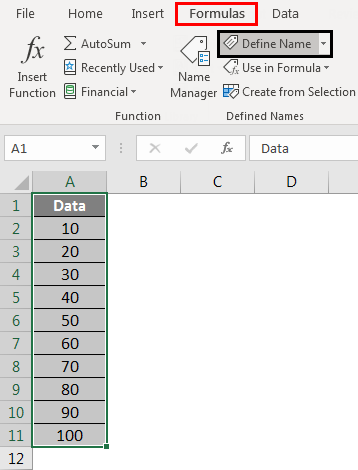



Named Range In Excel How To Create Named Range In Excel



Master Range Names In Excel Online Tutorial Excel Launchpad




How To Create Named Ranges In Excel A Step By Step Guide
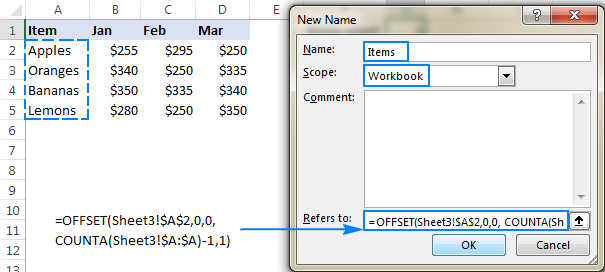



Excel Dynamic Named Range How To Create And Use




Named Ranges In Excel Exceljet
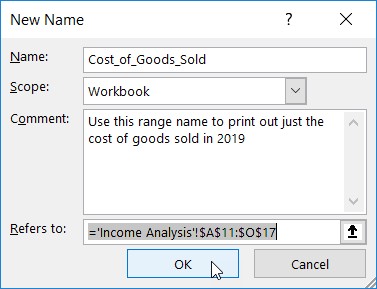



Excel Ranges Naming Your Cells In Excel 19 Dummies
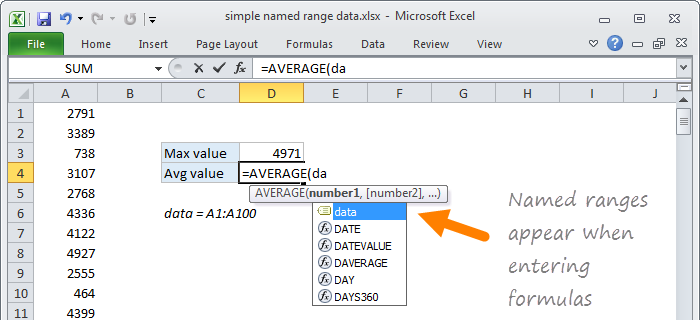



Named Ranges In Excel Exceljet
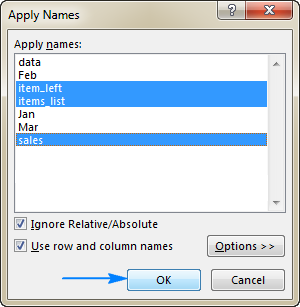



Excel Names And Named Ranges How To Define And Use In Formulas
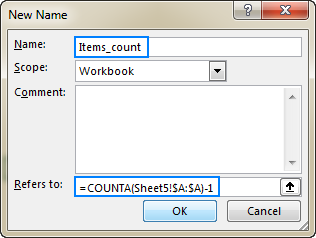



Excel Names And Named Ranges How To Define And Use In Formulas
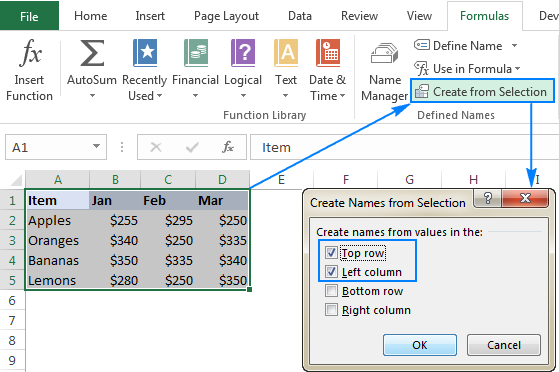



Excel Names And Named Ranges How To Define And Use In Formulas




Named Ranges In Excel Exceljet
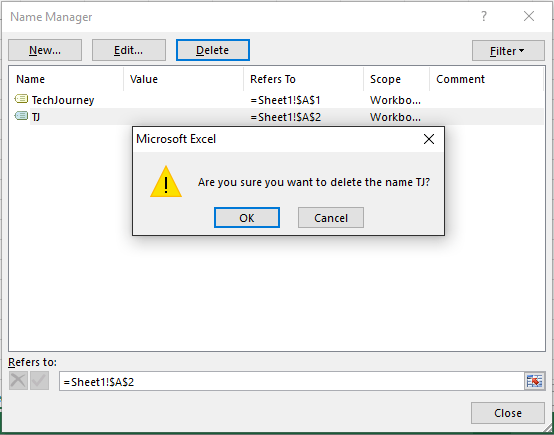



Delete A Defined Name Named Range In Excel Tech Journey
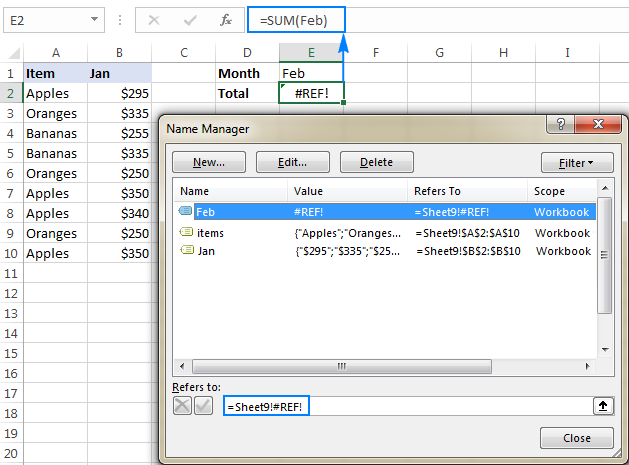



Excel Names And Named Ranges How To Define And Use In Formulas




How To Create Named Ranges In Excel A Step By Step Guide




Named Ranges In Excel Exceljet
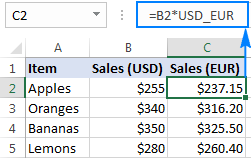



Excel Names And Named Ranges How To Define And Use In Formulas
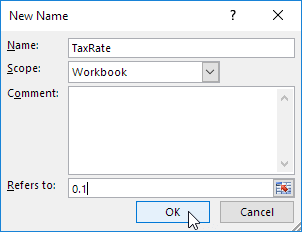



Create A Named Range In Excel Easy Excel Tutorial



Master Range Names In Excel Online Tutorial Excel Launchpad




How To Create And Use Excel Named Ranges




Named Ranges In Excel Exceljet
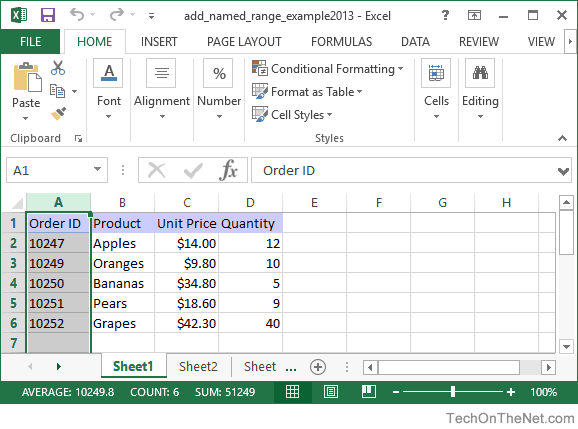



Ms Excel 13 Add A Named Range
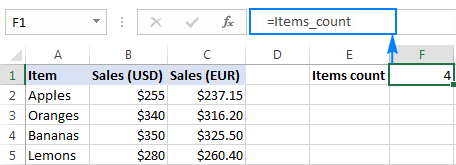



Excel Names And Named Ranges How To Define And Use In Formulas




How To Create Named Ranges In Excel A Step By Step Guide




How To Create Named Ranges In Excel A Step By Step Guide
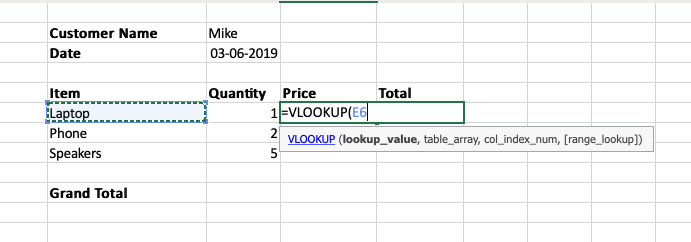



Define Name Excel Online
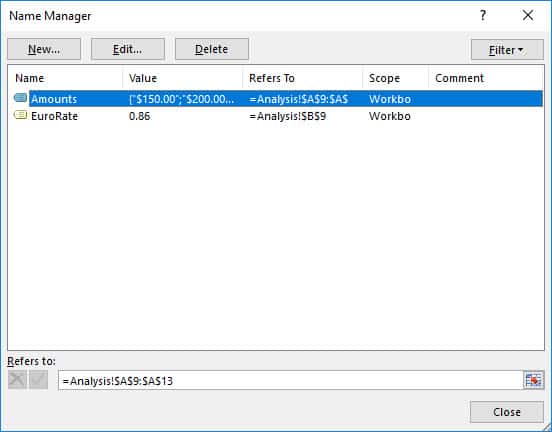



Create A Named Range In Excel Myexcelonline
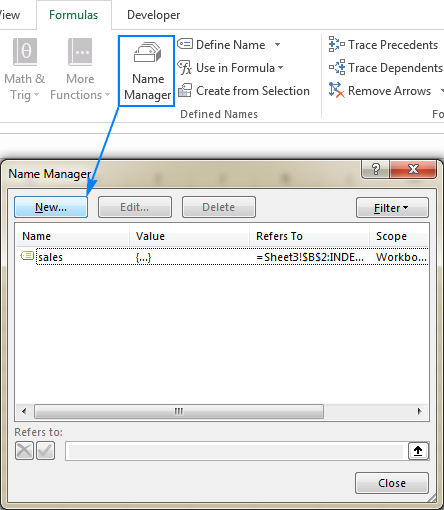



Excel Names And Named Ranges How To Define And Use In Formulas




Excel Dynamic Named Ranges Add Pwer And Punch To Excel Online Pc Learning
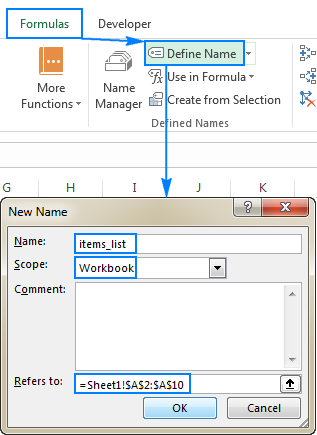



Excel Names And Named Ranges How To Define And Use In Formulas




How To Create Named Ranges In Excel A Step By Step Guide




Create A Named Range In Excel Myexcelonline




Create A Named Range In Excel Easy Excel Tutorial



0 件のコメント:
コメントを投稿